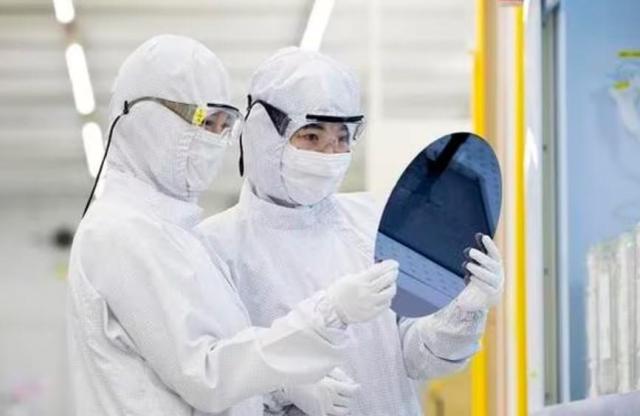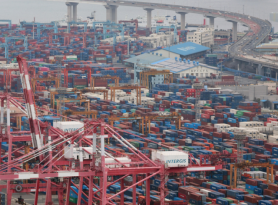
Memory bellwethers Samsung Electronics and SK hynix both came close to symbolic six-digit milestones—100,000 won and 500,000 won, respectively. Samsung Electronics closed Tuesday 0.4 percent lower at 97,700 won ($68) after touching 99,800 won, while SK hynix fell 0.9 percent to 481,000 won after reaching an intraday high of 502,000 won.
Their bull run lifted suppliers across the Kosdaq and main exchange KRX. Wonik Holdings, which makes chipmaking equipment and materials, slipped 2.7 percent to 25,250 won on profit-taking after soaring 77 percent this month and more than tenfold from its December low of 2,135 won. Hanmi Semiconductor, a key backend equipment producer, gained 55 percent this month on strong demand for its advanced tools used in high-bandwidth memory (HBM) production. Eugene Tech, which supplies to all three DRAM majors—Samsung, SK hynix, and Micron—ended Tuesday at a record 89,600 won after an intraday high of 92,000 won, tripling from a 52-week low of 30,300 won.
Analysts widely agree that the sector is entering a new chip super cycle, fueled by surging AI-related demand, constrained supply, and state-led investment in advanced industries. A recent government task force unveiled a 5.7 trillion won national growth fund to support AI and deep-tech startups and strengthen semiconductor and robotics ecosystems.
“Artificial intelligence is rapidly reshaping the global economy, and South Korea’s semiconductor industry will remain at the center of this transformation,” said Kang Sung-jin, professor of economics at Korea University.
“The rise of AI in the Fourth Industrial Revolution has made semiconductors indispensable, sustaining bullish momentum in equities. Ongoing U.S.–China tensions also enhance Korean firms’ competitiveness in the U.S. market.”
Lee Jong-hwan, professor of system semiconductor engineering at Sangmyung University, noted that both memory and non-memory chips are increasingly vital as AI applications diversify.
“AI chips are driving explosive demand across the board,” he said. “Non-memory semiconductors—made by foundries like TSMC and Samsung—are just as crucial for AI systems.”
Lee added that the real profits in the AI age come from the hardware, not software. “The firms actually making money are the semiconductor manufacturers enabling AI functionality,” he said. “Today’s strong stock performances by SK hynix and Samsung reflect exactly that.”
Calling earlier “AI bubble” fears misplaced, Lee predicted the current uptrend would persist as AI adoption accelerates. He urged continued investment in fabs, workforce, and overseas capacity.
“Samsung and SK hynix should sustain aggressive semiconductor investment—both domestically in the Yongin cluster and abroad to navigate U.S. trade and tariff risks. Equipment and materials players will rise in tandem.”
Copyright ⓒ Aju Press All rights reserved.



